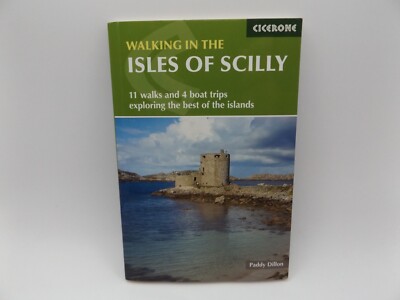Exploring the Isles of Scilly: A Unique British Destination

Introduction
Situated 28 miles off the southwestern tip of Cornwall, the Isles of Scilly comprise over 140 islands and rocky islets, with just five of them being inhabited. Known for their breathtaking scenery, mild climate, and diverse wildlife, the Isles of Scilly have become a remarkably popular destination for tourists seeking a tranquil escape. As sustainable travel gains more emphasis in recent years, these islands present an ideal example of how nature and community can combine to offer visitors a rich experience.
Natural Beauty and Biodiversity
The Isles of Scilly are renowned for their stunning landscapes, which include pristine beaches, lush gardens, and unique geological features. The mild climate allows for a wide range of flora to flourish, making it a haven for nature lovers. Protected by the Isles of Scilly Wildlife Trust, several wildlife reserves on the islands cater to a variety of species, including the rare Scilly shrew and the renowned puffin colonies on St. Agnes.
Cultural Heritage and Activities
In addition to its natural treasures, the Isles of Scilly offer a wealth of history and culture, evident in sites such as the ancient burial mounds on Tresco and the picturesque ruins of Star Castle on St. Mary’s. The annual Scilly Festival celebrates local arts, crafts, and music, whilst the September Scilly Swim Challenge attracts participants from across the UK.
Outdoor enthusiasts can partake in a range of activities such as kayaking, sailing, and hiking on the various walking trails that wind through these scenic islands. Visitors are encouraged to explore by foot or bike, allowing them to fully appreciate the natural beauty and local wildlife.
Accessibility and Travel Trends
Despite their remote location, the Isles of Scilly are easily accessible via ferry services from Penzance or by flights from regional airports. Recent years have seen a surge in domestic tourism, especially post-COVID-19, with people seeking lesser-known, less crowded destinations. This trend has spurred investment in local businesses, resulting in an increase in accommodations, eateries, and guided tours.
Conclusion
The Isles of Scilly, with their stunning landscapes, diverse wildlife, and rich historical significance, serve as an example of an idyllic getaway that emphasizes sustainability and community engagement. As the UK continues to promote tourism in lesser-known regions, the Isles of Scilly stand poised for growth and recognition as a premier destination for those looking to experience the beauty of nature while also embracing local culture. With increasing interest, visitors to these enchanting islands can expect a transformative and memorable adventure.




